Roberta Harris “Going to the Moon and Making Love Like Crazy” at Heidi Vaughan Fine Art
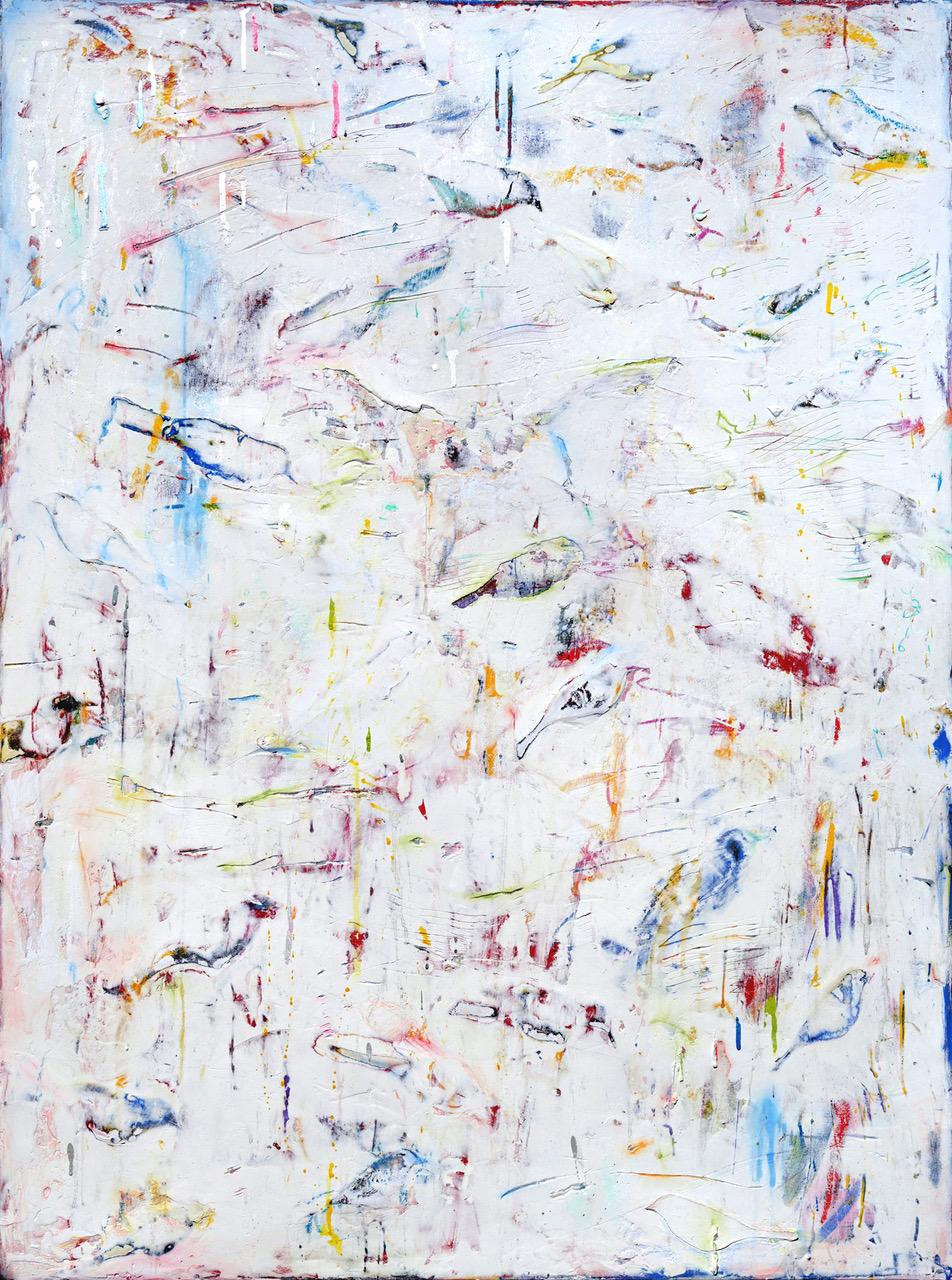
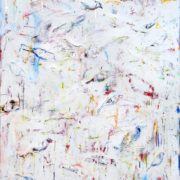
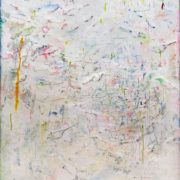
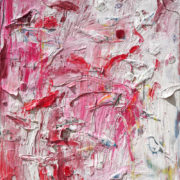
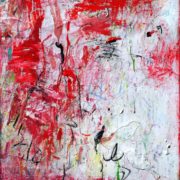 +3
+3 Roberta Harris “Going to the Moon and Making Love Like Crazy” at Heidi Vaughan Fine Art
Roberta Harris “Going to the Moon and Making Love Like Crazy” at Heidi Vaughan Fine Art
Roberta Harris “Going to the Moon and Making Love Like Crazy” at Heidi Vaughan Fine Art
Roberta Harris “Going to the Moon and Making Love Like Crazy” at Heidi Vaughan Fine Art
Roberta Harris “Going to the Moon and Making Love Like Crazy” at Heidi Vaughan Fine Art
Roberta Harris “Going to the Moon and Making Love Like Crazy” at Heidi Vaughan Fine Art
Roberta Harris’s solo exhibition “Going to the Moon and Making Love Like Crazy” runs through September 4, 2021 at Heidi Vaughan Fine Art. I visited Harris’s studio and asked a few questions.
Virginia Billeaud Anderson: The title of your show is sexy. What does it mean?
Roberta Harris: Painful things happened, a heartbreaking family death, health problems, other difficult things, including having to move my studio twice. Covid made it more awful. Once settled and working, I completed new paintings that included bird images. They were full of detail, were vibrantly colored, and had collage and texture. But I felt compelled to quiet them down, to simplify. So I covered them up with white plaster mixed with paint, totally wiped out my images. Only white plaster showed. The plaster made me think of the surface of the moon, which I imagined to be a safe, sane, loving place. Then I started re-working, scraping off, very gently, correcting, and re-applying. New forms, traces of forms, emerged. The canvases became simpler and quieter, I was happier. Working each area felt like caressing, I was caressing and loving each canvas. Going to the moon and making love like crazy.
VBA: How many artworks are you showing?
RH: There are twenty pieces at the gallery. One is a sculpture. I’m not finished with your other question. The painful stuff I mentioned is not the point. We all suffer hard things, what matters is what a person does with that. How do you turn pain and hardship into something positive and beautiful? I made each painting as perfect as I could make it, then I destroyed the images with plaster. I could breathe, and felt peaceful. As I re-worked, new things surfaced, perhaps I saw differently, perhaps it was seeing mixed with memory. It was like an excavation site, I re-entered, recovered, identified what it was, embellished, and new stories surfaced. Light came out of darkness. There was joy and transcendence.
VBA: Your surface of the moon plaster has texture on steroids. Did you mix-in sand? Say something about the materials you used to build up surfaces.
RH: No sand in these paintings, although there is sand in the sculpture I’m showing at the gallery. These canvases include oil, acrylic, enamel paint, pastel, pencil, collaged paper. Also some ground up glass. The plaster that covers everything is mixed with paint. It’s commonly used for decorative relief and casting, and hardens but lacks a cement component so it can be softened with water which allows me to manipulate it, sand it down, move it, make marks in it, with palette knives and different dry wall tools. Another material in some of the paintings is wire mesh. The thin totemic wall hangings have a wooden substrata with screen-wire attached to the wood.
VBA: It was 2009, a few months before your Dallas Museum show, and we were hanging out in your studio and discussing the sticks. Say something about the sticks so readers will understand the thin totemic wall hangings at the gallery. You began making this category of art fifty years ago, after a deeply personal experience broadened your understanding of the mystical aspects human consciousness.
RH: It was 1972. I had been awarded a Whitney Museum independent study fellowship. However I abandoned my painting and began to roam the streets of New York, picking up sticks and stick-like trash, and fiddling with it back in the studio. I simply let go of formal training, and worked intuitively, I arranged the sticks, carved them, drew them, filled sketch books, painted them. One day a friend took me to the Museum of American Indian Art in the Bronx, where the artifacts floored me. The museum’s glass cases held figures representing shamans with bundles of “medicine sticks” just like my sticks. The shaman’s sticks conjured the sacred, they had a life force, were used for prophecy, foretold things like death and weather and war. It opened me up to a reality like collective unconscious, in which all humans share awareness of forms, patterns, ideas, what Jung called “archetypes.” I named my sticks “Magic Sticks” and ever since I have been integrating them in different ways into my sculpture, paintings, works on paper, even some furniture design.
VBA: The totemic wall hangings are encrusted bulging magic sticks. Their bulges draw from Neolithic Venus figurines you encountered in the Musee del’Homme early in your career. You told me the figurines’ associations with cyclical life and death, rebirth and regeneration moved you to tears, and you wanted your art to have the transcendent power of the Venuses. I see stick imagery and Venus imagery conflated in those wall hangings. Sista, you dazzled when you suggested you were tapped into the universe’s energy in art historian Pete Gershon’s 2019 video interview, telling Pete you were “a carrier” of information. Wanting your sticks “to grow,” you experimented through the years with liquid rubbers, plastics, wire, screen, plaster, any materials you could find to elongate them. Sculptural figures became “tall like you” and the wall pieces called totemic paintings became elongated.
RH: The point is a great deal of the art I’ve done since the early seventies derived from magic sticks. I want readers to know the totemic pieces are homage to the courageous young female athletes who spoke-up about abuse during the “Me Too” movement. My grandchildren are athletes.
VBA: Sticks are the prototype of many of your three dimensional wall hangings and larger sculptures. I’ve often wondered if younger artists who meet you realize that this old broad in her late seventies made gutsy art, welded steel sculptures, and built a monumental piece, “Bird” (1998), for a public space, on a scale that required structural engineering and a crane. Let’s talk about the birds depicted in paintings and drawings, and in three-dimensional form, in unbelievable variation, painted with jewel-toned pigments, sculpturally encased in clear plexi, and elegantly cast in bronze. Bird images encode the surface of the moon paintings.
RH: The bird motif is a primary one in my work and goes back to the beginning of my career. I associate the bird with freedom and happiness and hope. Birds represent healing and regeneration. Some cultures associate the bird with prophecy, visions, and spiritual enlightenment. I became interested in the ancient Egyptians’ depictions of birds in hieroglyphs and temple carvings to represent “Ka” which translated to “spirit.” Ka arrived at birth and lived on after death, and was a life force, given by the gods.
VBA: You named one of the bird paintings at the gallery for the Ka, although the bird was a sacred and mystical symbol in many cultures. I witnessed this in Minoan art in Crete and in indigenous art in the Andes. Hoochie-koochie man Picasso understood the power of the bird when he used it in 1949 to signify harmonious international relations. The birds in your paintings are rendered in repetitive patterns, similar to your repetitive treatment of grids, stair-steps, and rectangular and circular patterns. Having glass and mosaic artists for parents partially accounts for it. No less influential was the art you encountered in New York, such as Pat Steir’s painted grids with metaphysical implications, and Warhol’s Brillo boxes and Marilyns, even if that freak stole repetition from Jasper Johns’ flags and targets and numbers. I detect however a ritualistic quality to your habit of laying down repetitive patterns.
RH: Repetition gives my work subliminal force, similar to a mantra. I put it out there for it to work magic for viewers. My work has always been about hope.


























